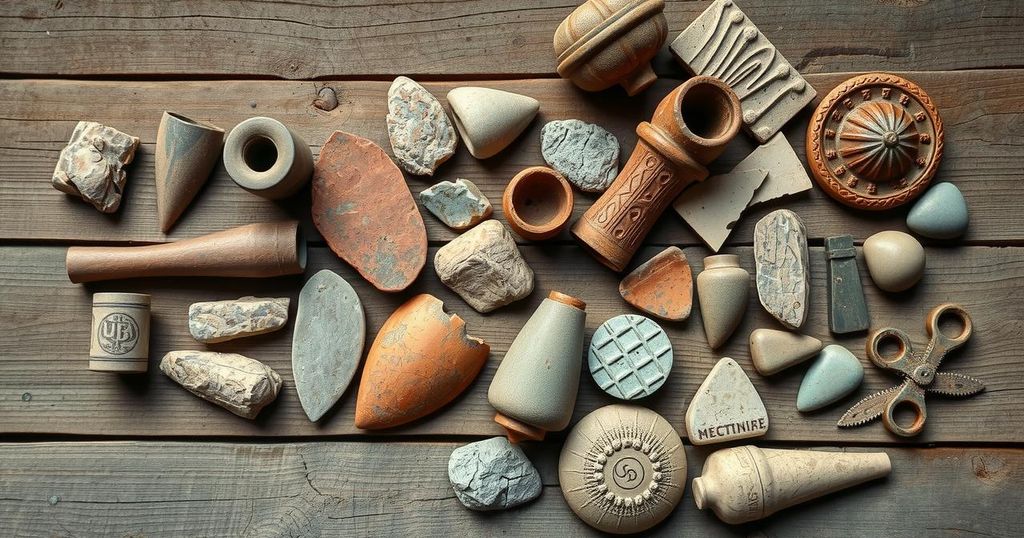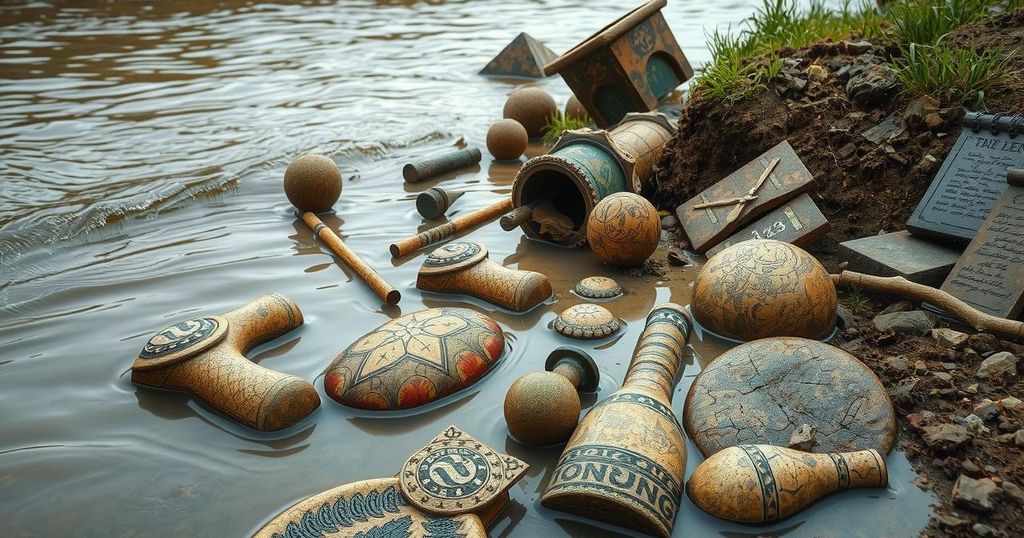Mudlarking has transformed from a Victorian survival trade into a popular hobby that unearths London’s history. The London Museum’s exhibition, “Secrets of the Thames,” showcases over 350 artefacts, connecting visitors with the city’s rich past. Mudlarks uncover important historical items, fostering a sense of connection to those from centuries ago.
Mudlarking, a historical practice evolved from a survival trade, attracts modern Londoners eager to explore the city’s past. Participants scour the Thames foreshore for valuable artefacts, fostering a connection with centuries of history.
The London Museum’s exhibition, “Secrets of the Thames,” showcases over 350 artefacts, many exhibited for the first time, highlighting the stories of amateur archaeologists and urban explorers. It draws visitors into the fascinating world of mudlarks.
Alessio Chicconi, a palaeontologist and avid mudlark, stresses the importance of preserving history through these discoveries. The Thames’s unique tidal nature both reveals and conceals artefacts, enhancing preservation opportunities for varied finds, from prehistoric tools to 17th-century shoes.
Mudlarks experience a profound connection to past Britons with each unearthed item. Chicconi reflects, “It’s quite incredible when we find these objects, to think that I am the first person to touch it in 4000 years.” The process of discovery invites appreciation for even the mundane objects, presenting a narrative of lives once lived.
The exhibition, which continues until 1 March 2026, reflects not only historical artefacts but humanity’s enduring desire to leave a legacy and be remembered.
Mudlarking serves as a bridge to London’s rich historical narrative, transforming a once desperate practice into a meaningful hobby. The London Museum’s exhibition highlights the ongoing connection between contemporary individuals and the city’s past through unique artefacts. This initiative not only preserves history but also fosters a deep appreciation for daily lives across the ages.
Original Source: www.newscientist.com







